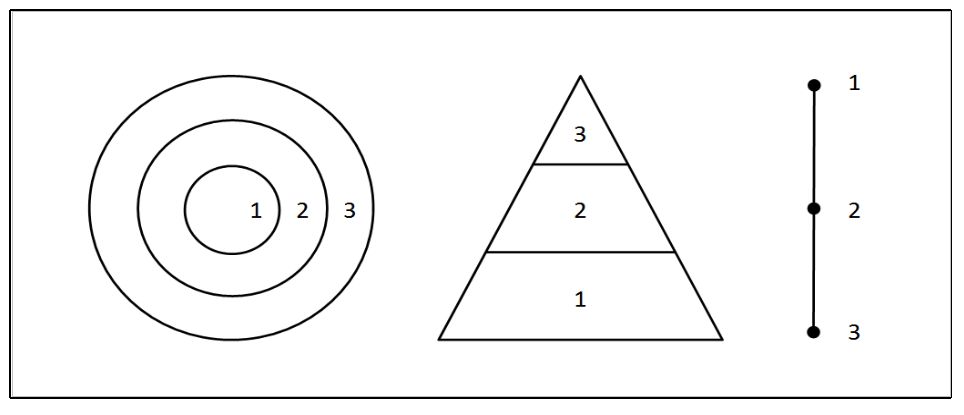Integrative levels

The theory of integrative levels is that the world of things evolves from the simple towards the complex by an accumulation of properties, and that, at a succession of levels, these aggregations reach new degrees of complexity and become new wholes, with individual and unique identities.
Accordingly, integrative levels can be defined as a developmental sequence in which entities at each new level integrate the essential properties and structures of the entities at the older levels, while they exhibit some emergent qualities and, therefore, more complexity than their predecessors. A typical example of such a hierarchical order is presented by the sequence atoms—molecules—cells—organisms.
KenWilber:
1. Reality as a whole is not composed of things or processes, but of holons.
2. Holons display four fundamental capacities: self-preservation, self-adaptation, self-transcendence, and self-dissolution.
3. Holons emerge.
4. Holons ermerge holarchically.
5. Each emergent holon transcends but includes its predecessor(s).
6. The lower sets the possibilities of the higher; the higher sets the probabilities of the lower.
7. “The number of levels which a hierarchy comprises determines wether it is shallow or deep; and the number of holons on any given level we shall call its ‘span’.” [quotation from Arthur Koestler]
8. Each successive level of evolution produces GREATER depth and LESS span. […] Addition 1: The greater the depth of a holon, the greater its degree of consciousness.
9. Destroy any type of holon, and you will destroy all of the holons above it and none of the holons below it.
10. Holarchies coevolve.
11. The micro is in relational exchange with the macro at all levels of its depth.
12. Evolution has directionality.a) Increasing complexity.
b) Increasing differentiation/integration.
c) Increasing organization/structuration.
d) Increasing relative autonomy.
e) Increasing telos.